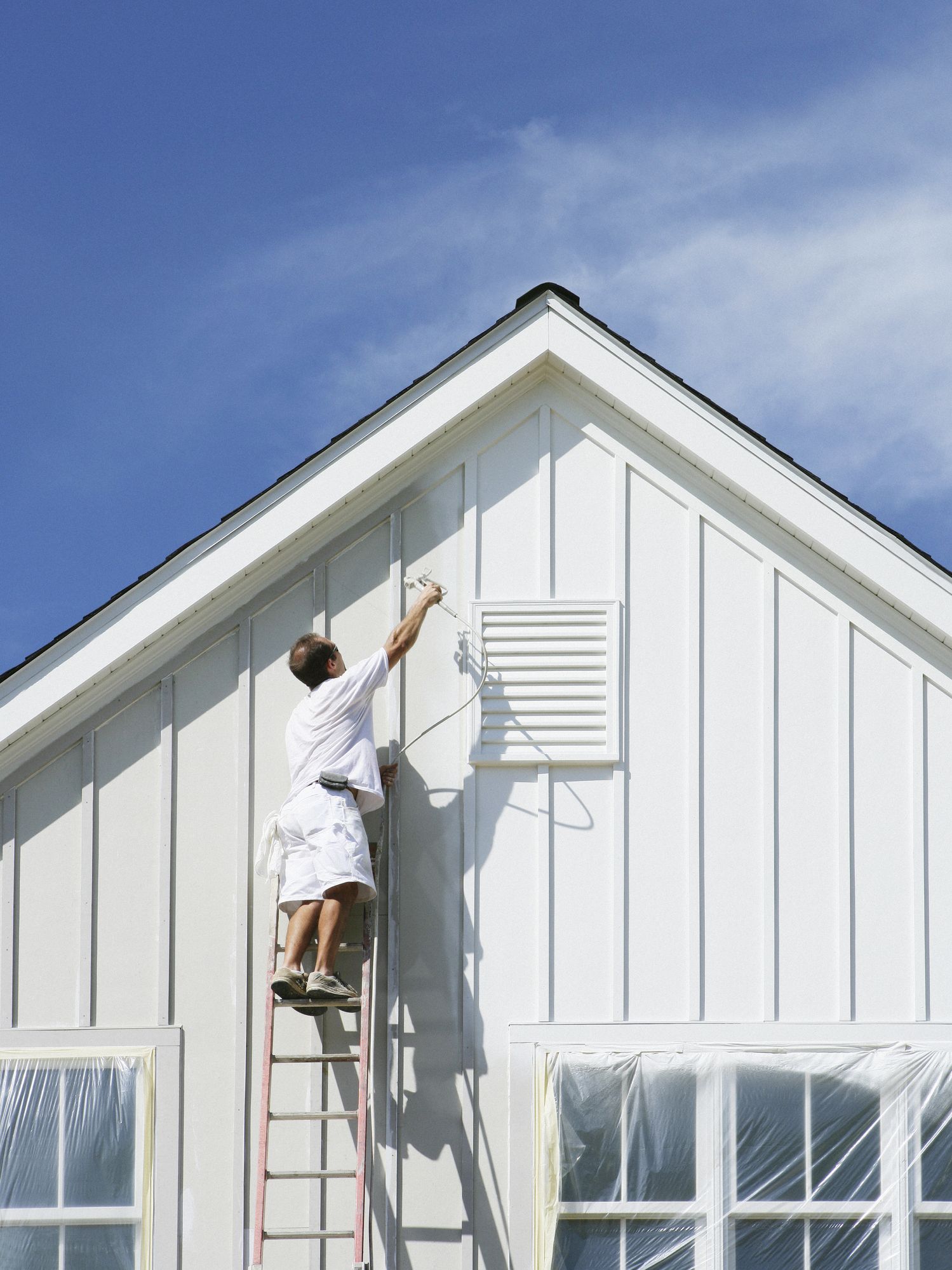Numerous homeowners possess fundamental painting preparation. They understand that it is essential to utilize ground cloth, painters tape and stir paint completely. However did you know that a golf ball can help preserve paint quality, or that microwaving paint tape can make it more manageable?
With a lot of DIY painting projects, understanding a few additional painting methods can result in the most rewarding outcomes. Storing paint effectively and using the right tools can make sure that you avoid imperfections and cover surfaces uniformly.
These 9 Do It Yourself painting pointers can assist you improve the quality of your work and conserve money and time in the process, whether you're preparing to offer, changing your decoration or doing some regular home upkeep.
1. Don't let your paint dry
A half-empty can of paint will dry out. Drop golf balls into the paint can to fill the air space, or place cling wrap under the lid, seal it tightly and store the paint upside down.
2. Use the ideal guide
If you're painting new drywall, use a water-based guide to conceal flaws and provide an even base before applying color. If you're painting paneling, water-damaged or smoke-saturated walls, select an oil-based primer.
3. Prevent lap marks
To prevent stripes caused by rolling over paint that's already starting to dry, keep a damp edge by painting the full height of the wall and then moving over a little so you can overlap the last stroke with the next.
4. Stir paint with a customized stirrer

Before you stir paint, drill holes in the stirrer to help blend the Best Montclair painting paint better. The holes help the paint flow through the stirrer, aerating it like a whisk and blending the paint uniformly.
5. Include texture, if you desire
If you desire more texture on your wall, pick a roller with a longer, 3/4" nap, which holds more paint. The nap is the fabric product covering the roller, and longer naps develop more stippling on your wall due to the fact that of the way their fibers disperse the paint. Use a shorter-nap roller-- between 1/4" and 1/2" nap-- for the best surface.
6. Don't wash your brushes or rollers
If you're utilizing latex paint, there's no factor to clean your brushes or rollers if you do not complete your project in one day. Since cold temperatures keep latex paint from drying rapidly, you can merely wrap your rollers or brushes in plastic bags or tin foil and put them in the refrigerator. (Make sure to let them fully warm Montclair interior painting back up prior to utilizing them.).
7. Deal with problem tape.
If you're utilizing older tape, often it can be tough to peel its roll without tearing or sticking. If your painter's tape continues to peel, microwave the whole roll for 10 seconds.
8. Determine the sort of paint on existing walls.
Uncertain if a wall's existing paint is oil or latex? Soak a cotton ball in rubbing alcohol and rub it in a small location across the wall. If the cotton ball has paint residue, the paint is latex. No paint on the cotton ball? You'll be painting over an oil-based paint and will wish to use an oil-based primer before painting.
9. Buy a paint pen.
Purchase a paint pen that lets you fill it with a smidgen of your brand-new paint color for little touchups later on. These pens keep the paint inside fresh for about a year as soon as filled; just keep in mind to shake them well before use to make sure the paint comes out smoothly and equally.